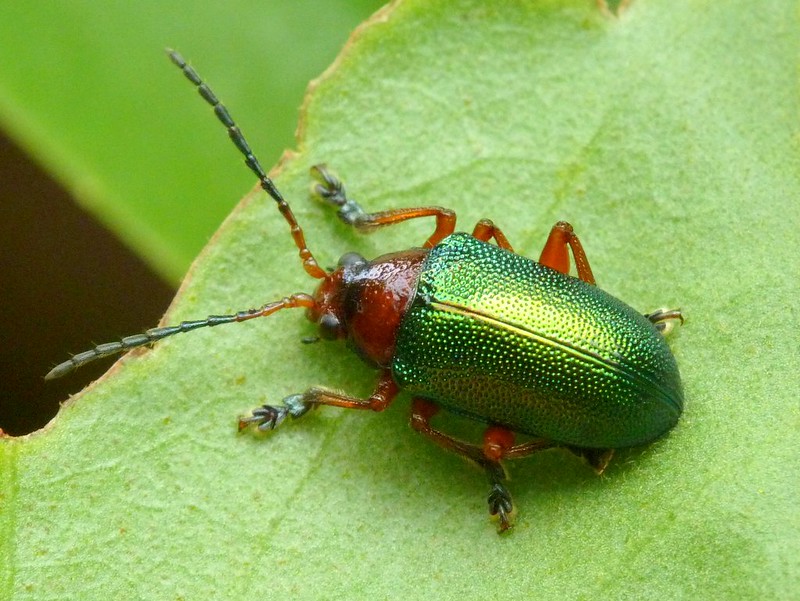When it comes to "Pests", there is more to defining this all-inclusive group than the standard beetles, mites, ants, whiteflies, and aphids we've all come to love.
Slugs and snails are terrestrial pests which typically chew leaves, stems, flowers, fruit and veggie particles. Slugs and snails differ little bit from each other and both do significant damage to plants. With unique crops being grown and with insect pests having been brought more under control by biological and other ways, the damage done by molluscs ends up being of greater significance. They feast on seedlings, damage establishing shoots and eat salad crops and cabbages, and some species tunnel into potatoes and other roots.
Yet another group of pests consists of aphids, whiteflies and scale insects. Apart from weakening the plants they frequent, they motivate the development of sooty mould on the honeydew the insects produce, which cuts out the light and reduces photosynthesis, stunting the plant's development. They often send serious viral diseases between plants. Galls on cherry triggered by a mite, Eriophyes cerasicrumena The termites that cause most difficulty in the field are pests.
Vast numbers of nematodes are found in soil and attack roots, but others affect stems, buds, leaves, flowers and fruits. High problems trigger stunting, deformation and retardation of plant growth, and the nematodes can transmit viral illness from one plant to another. When its populations are high, the potato cyst nematode can cause reductions of 80% in yield of susceptible potato varieties. These pests can be really numerous, and thrive in hot, dry conditions. They primarily reside on the underside of leaves and puncture the plant cells to feed, with some types forming webbing. They happen on almost all important food crops and ornamental plants, both outdoors and under glass, and consist of some of the most financially essential pests.


Beetles and more!
However, pesticide resistance is raising. In the 1940s, U.S. farmers lost simply 7% of their crops to parasites. Given that the 1980s, loss has raised to 13%, although even more pesticides are being used. In between 500 as well as 1,000 insect as well as weed types have established pesticide resistance because 1945. Pesticides are frequently described according to the type of bug they handle.
An additional approach to think about pesticides is to think of those that are chemical pesticides are originated from an usual resource or manufacturing strategy. Neonicotinoids are a class of neuro-active insecticides chemically comparable to nicotine. Imidacloprid, of the neonicotinoid family members, is one of the most generally made use of pesticide on the planet. In the late 1990s neonicotinoids came under raising examination over their ecological result as well as were linked in a range of researches to unfavorable eco-friendly impacts, consisting of honey-bee nest collapse disorder (CCD) as well as loss of birds due to a decrease in insect populaces.
Organophosphate as well as carbamate pesticides have an equivalent setting of activity. They impact the worried system of target parasites (as well as non-target organisms) by hindering acetylcholinesterase activity, the enzyme that manages acetylcholine, at nerve synapses. This inhibition triggers a rise in synaptic acetylcholine and over-stimulation of the parasympathetic anxious system. Many of these insecticides, originally developed in the mid 20th century, are very poisonous.
However, countless organophosphates are not constant in the setting. Pyrethroid insecticides were established as a fabricated variation of the normally occurring pesticide pyrethrin, which is discovered in chrysanthemums. They have in fact been tailored to enhance their security in the atmosphere. Some synthetic pyrethroids are damaging to the stressed system.
These are broad-spectrum herbicides that eliminate plants weeds or insects by avoiding the enzyme acetolactate synthase. In the 1960s, greater than 1 kg/ha (0. 89 lb/acre) crop protection chemical was typically utilized, while sulfonylureates allow as low as 1% as much product to attain the identical outcome. Biopesticides are specific types of pesticides originated from such all-natural items as animals, plants, bacteria, and particular minerals.


